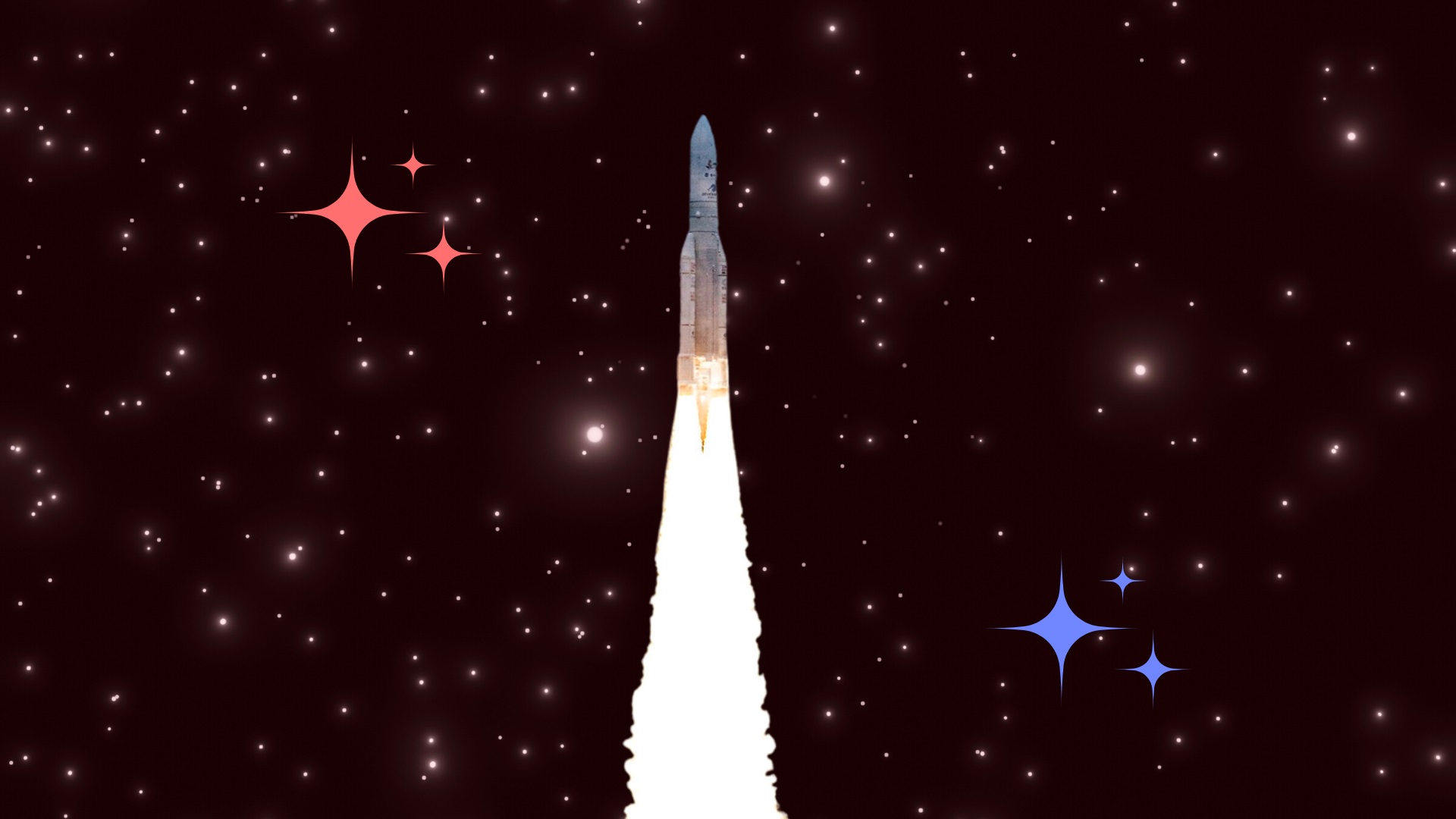An anomaly was detected the day before the final mission of the Ariane 5 rocket took off. The decision was made to postpone the launch.
It was to be his very last lap. Finally, the farewell to the Ariane 5 stage will come a little later. A last-minute anomaly was detected by Arianespace the day before the big day, forcing the company to postpone the flight of its rocket to a later date. A new date for take-off is to be set at the end of June.
The decision to postpone the VA261 mission was made public on June 15 at the end of the afternoon. ” A technical incident in production highlighted a risk to the redundancy of a critical function of the Ariane 5 launcher. In accordance with its reliability requirements, Arianespace has decided to postpone the transfer of the launcher “, we read in a tweet sent by the company.
The technical fact in question concerns the control lines involved in the separation of the boosters from the rocket. The takeoff of Ariane 5 mobilizes a first stage, supported by two lateral thrusters – the boosters. These are dropped at altitude when their tank is empty. The rocket then continues on its way, before separating from the first stage, in the upper atmosphere.
An in-flight incident would be symbolically very damaging for Arianespace, which would then end Ariane 5’s career very badly, even though the rocket is rightly renowned for its great reliability. In twenty-seven years of operational career, she successfully completed 110 of her 115 missions. This allows it to display a reliability rate of 95.6%.
It would also be a disaster for the two payloads to board the rocket: two satellites must be sent into geostationary orbit during this flight. A German technological demonstrator (Heinrich-Hertz) and a military communications satellite, Syracuse 4B, for the benefit of France. The two machines are safe at the Guiana Space Center.
A rocket at the center of some of the greatest scientific adventures
The development of Ariane 5 was decided to greatly extend the transport capacities of Ariane 4, by globally doubling the payload that can be sent into space. Ariane 4 was in service from 1988 to 2003. It also had a remarkable reliability rate: 113 successful launches out of 116. Ariane 5 existed in five versions (G, G+, GS, ES and ECA).
Ariane 5 bows out, leaving behind leading scientific missions: XMM-Newton, Rosetta, Herschel, BepiColombo, James Webb, Juice… the rocket was also crucial for the deployment of the Galileo constellation, and for the support for the International Space Station, with the ATV – the European automatic transfer vehicle.
For space Europe, the continuation in heavy launchers will be written with Ariane 6, whose first flight is hoped for at the end of 2023 (but which should probably slip into 2024), due to the accumulated delay. In the meantime, Europe in space will experience a capability void for a few months. Ariane 6 should operate for about ten years, before handing over to Ariane Next.
Do you want to know everything about the mobility of tomorrow, from electric cars to pedelecs? Subscribe now to our Watt Else newsletter!
